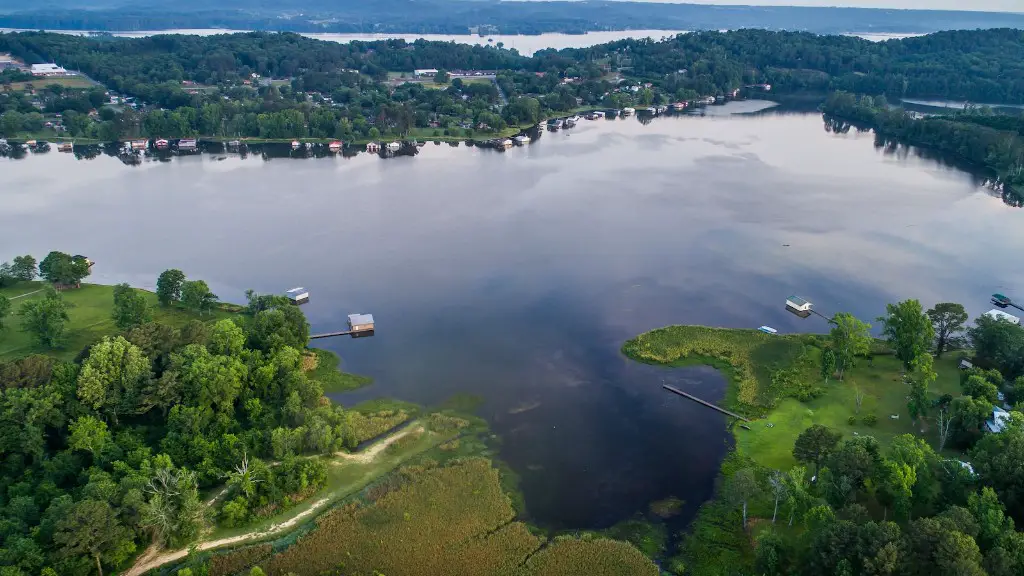Introduction to the Nile Perch
The Nile Perch (Lates niloticus) is a large, freshwater fish native to the middle and upper parts of the Nile River in East Africa. It was introduced to Lake Victoria in the 1950s in an effort to improve the fish stocks of the lake. Since its introduction, the Nile Perch has become one of the most abundant species in the lake, and its presence has had a significant impact on the ecology of the lake and its fisheries.
When Was The Nile Perch Introduced to Lake Victoria?
The Nile Perch was introduced to Lake Victoria around 1955, when several hundred fish were stocked in the Kasansasi and Kisumu areas of the lake. It is believed that the introduction was made to improve the fishing industry in the lake, as the fish had become depleted due to overfishing. The introduction of the Nile Perch had a significant and rapid impact on the ecology of Lake Victoria, increasing the fish population by up to ten times in some areas.
How Did The Nile Perch Impact Lake Victoria?
The introduction of the Nile Perch to Lake Victoria had a significant impact on the lake and its fisheries. The species quickly became the most abundant fish in the lake and had a drastic effect on the other fish species. Prior to the introduction of the Nile Perch, the lake was dominated by numerous small cichlid species, many of which are now critically endangered or extinct.
The Nile Perch also had an impact on the local fishing industry. The presence of the Nile Perch allowed the fishers to catch large quantities of a single species, rather than having to target multiple species of smaller fish. This allowed them to increase their catch and made the fishing industry more efficient.
What Are The Environmental Impacts Of The Nile Perch?
The introduction of the Nile Perch to Lake Victoria has had both positive and negative impacts on the environment. On the one hand, it has increased the fish population and allowed the fishing industry to become more efficient. On the other hand, it has caused the decline of many native species, as well as increasing water pollution due to the large number of fish in the lake.
The Nile Perch is also an Apex predator in the lake, feeding on smaller species and competing with native fish for food resources. This has led to a decrease in biodiversity in the lake, as the Nile Perch is able to outcompete native species for resources.
The Impact On Local Communities
The introduction of the Nile Perch to Lake Victoria has had a significant impact on the local communities that depend on the lake’s fisheries. The increased abundance of a single species has allowed local fishers to increase their catches and become more efficient, however it has also caused the decline of many native species, making them less available for subsistence and commercial fishing.
In addition, the Nile Perch is an aggressive species and has been known to attack and injure swimmers, boats and other aquatic life in the lake. As a result, local communities have become wary of the fish and many have begun to avoid the areas where the species is most abundant.
Conservation Efforts in Lake Victoria
In response to the environmental and social impacts of the Nile Perch in Lake Victoria, there have been a number of conservation efforts put in place. These efforts have focused on increasing regulation of the fishing industry, introducing new fishing techniques and encouraging sustainable fishing practices. In addition, research has been conducted to explore ways in which the decline of native species can be reversed.
In recent years, there has been an increased focus on reintroducing native species to the lake, with some success. Several native species have been reintroduced and their populations are slowly increasing. Despite these efforts, the Nile Perch remains one of the most abundant species in the lake and its presence continues to have an impact on the environment.
Conclusion of the Nile Perch Impact
The Nile Perch was introduced to Lake Victoria in 1955, and since then it has become one of the most abundant species in the lake. Its presence has had a significant impact on the ecology of the lake and its fisheries, leading to the decline of native species and increasing water pollution. The fish has also had an impact on the local communities that depend on the lake’s fisheries, as well as increasing the efficiency of the fishing industry. In recent years, there have been a number of conservation efforts put in place to try and mitigate the impacts of the Nile Perch, but its presence remains an ongoing challenge.

